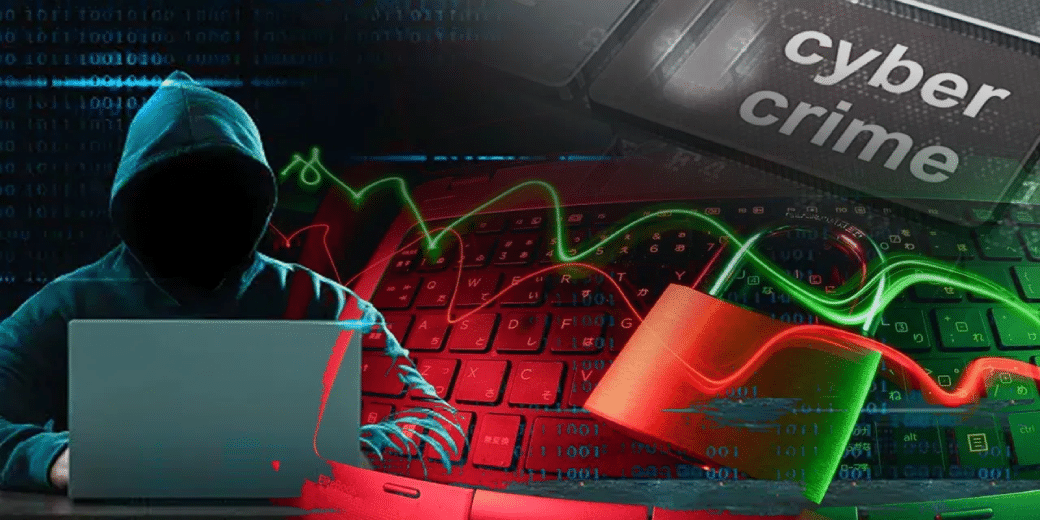How difficult is it to get back money lost in cyber frauds?
In most cases of cyber fraud people do not get their money back? Why is it like this? Watch this video to know more

According to a survey by Local Circles, 70% of financial fraud victims in India do not get their money back. In the last three years, only 23% of affected families have received their money back. The survey also revealed that 39% of Indian families have fallen victim to cyber fraud.
Cybersecurity expert Divya Tanwar explains that tracing the money can be difficult, and people often do not have concrete evidence of these incidents. Our tracking systems are not advanced enough, which makes resolution difficult and the return of money to victims challenging.
Even if money tracing is somehow achieved, identifying the account holder’s name and the real owner’s address becomes a separate challenge. Moreover, most cyber fraud cases are perpetrated from outside the jurisdiction of local police, which further complicates matters.
In the Supreme Court, advocate Anil Karnawal criticized the government and the system for their shortcomings. He asserts that the responsibility of resolving such cases lies with the grievance cell. However, despite this, most cases remain pending. In such situations, the option for the victim is to file an application with the relevant court or competent authority as soon as possible. The quicker the application is filed, the better the chances of resolution.
In the end, the question arises: Should we remain helpless if the money is gone, with no recourse to recover it? In this regard, the Gujarat CID Crime has shown a way that, if implemented nationwide, could ease the resolution process. Gujarat CID has devised a method to combat fraud effectively. They have applied section 457 of the CrPC to return 8.29 crore rupees to 3,904 victims of cybercrime. Special Lok Adalats set up across the state have heard cases related to these victims.
According to Gujarat CID, cyber criminals typically deceive people by transferring money to suspicious bank accounts opened in remote areas of the country and then withdraw the funds through ATMs. If a victim reports the fraud immediately to the helpline number 1930, the police take action, and the bank freezes the account where the suspicious funds were deposited. To release the amount from the bank, the victim needs a court order.
Section 457 of the CRPC gives the magistrate the authority to issue an order for the release of the frozen amount with certain conditions. In this situation, the police have the victim sign a bond stating that if their claim is proven false, they are prepared to pay one and a half times the refunded amount. After this, the magistrate issues an order to release the frozen amount.
So, hopefully, you now have a better understanding of the story of resolution not being possible in cyber fraud cases. We will continue to provide you with information like this in the future. Stay tuned with Money9 for more such insights.
Download Money9 App for the latest updates on Personal Finance.
Related
- क्रेडिट कार्ड फ्रॉड पर आप नहीं बैंक होगा जिम्मेदार, अगर तीन दिन में कर लेंगे ये काम
- PhonePe vs. GPay: Indian digital payment giants up for a tussle
- Raining offers on Flipkart & Amazon this monsoon
- Microsoft Global Outage: What led to the ‘Blue Screen of Death’?
- Paste FASTag on windshield or pay double toll
- Have you taken the ‘No Spend Challenge’?

